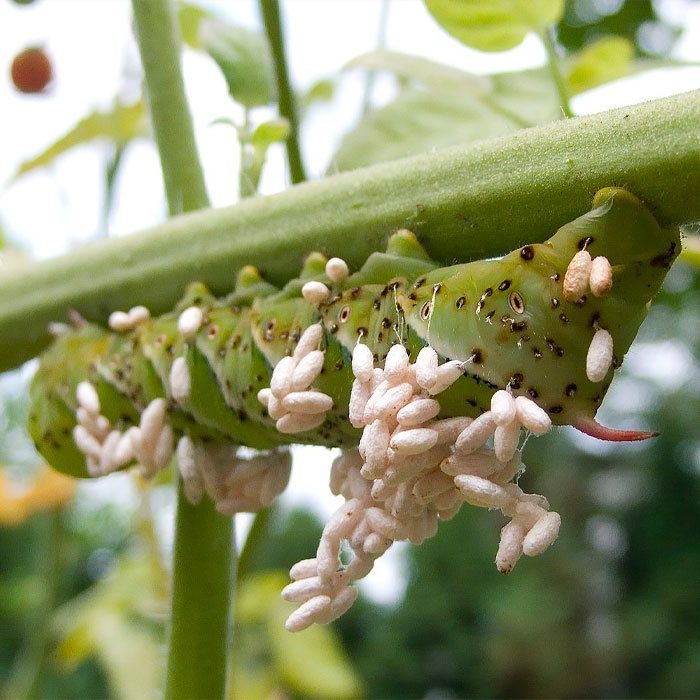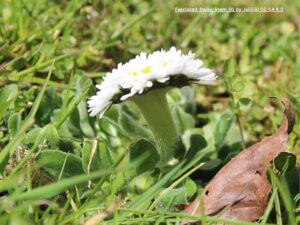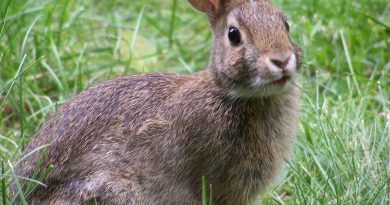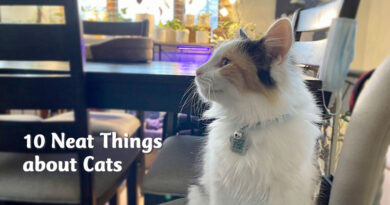10 Neat Things About Wasps

1. I walk alone.
Contrary to what we may believe, most wasps are solitary, living alone in a hole in the ground. Many of these wasps lay their eggs in the larvae of other insects, providing the wasp larvae with a ready-to-eat meal and the host insect with a ready-made death warrant. Almost every insect is susceptible to hosting parasitoid wasps.
2. That hole in the ground for a home.
Some solitary wasps use their hole-in-the-ground home as a nest for their offspring. This group feeds their young with dead spiders, worms and caterpillars.

3. A house made of wood.
Social wasps include the common yellow jacket that most of us have encountered – one way or another. They are the ones that build the papery grey nests in trees. Their cousins, the European paper wasp and the bald-faced hornet, like to build under your eaves or in small voids. The construction material is wood which they chew, using their saliva to help the process. Some will add mud as well.

4. Feed me and I’ll quench your thirst.
Adult wasps of the social variety basically feed on nectar and fruit because they cannot digest protein – that is, unless they get a little help from their offspring. The adults feed their larvae dead insects, earthworms and even garbage – and your dinner, if they get the chance. As a result, the larvae exude copious amounts of salivary substances which are slurped up by the adults because, it is believed, it helps them digest protein.

5. Females rule.
Fertile female wasps store sperm from copulation inside their bodies, then inject it into each individual egg. They can determine the sex of the next generation simply by deciding to fertilize or not to fertilize. Male eggs are not fertilized. Most social wasps are infertile females whose whole ovipositors (egg-laying tubes) have been converted to stingers.

6. Big and small.
The largest wasp is the social Asian giant, which is a nightmarish two inches long. They’ve got a lot of press lately as “murder hornets”. The smallest is a solitary wasp that is only .008 inches long.

7. The social set.
The nasty little yellow jacket, the aggressive bald-faced hornet and the European paper wasps are the biggest nuisance in late summer. The yellow jacket is about the size of a honeybee, about one-half to three-quarters of an inch long, black with bright yellow markings. Nests can contain up to 5,000 workers. Hornets are bigger – about an inch long, dark in colour with lighter white or cream markings. Paper wasps are a little longer than yellow jackets and more slender. Colour can vary.

8. Getting rid of wasps.
The best way is to find their nest and destroy it. Go after them in early morning or late evening when they have returned to the nest. Use a light as a decoy, and if one or two escape while you are trying to spray inside their home, they will fly toward the light rather than at you. Ground-dwelling social wasps are more difficult because their nests can be as much as three feet away from the opening.

9. Not such bad guys, after all.
While most wasps are not good pollinators, having no hair on their bodies to collect pollen, wasps actually do more good than harm through their impact on other insects. The solitary parisitoidal wasps are busy laying eggs on insect bodies while others may be stinging spiders and caterpillars to death in order to haul them home for the family feed.

10. Living with wasps.
Wasps are attracted to bright colours and sweet odours, including perfumes and colognes. Unlike bees, their stingers are not barbed so they can sting you over and over again. Your best bet is to remain calm around wasps, don’t wave your arms or make threatening moves, and forget killing them as under threat or dying they release a pheromone that alerts others in the vicinity, summoning them to come and attack. As for those fake paper nests – the jury is out on their effectiveness, but if you want to try one out, put it up in early spring when the queens are emerging form hibernation and deciding where to nest. And if you do get stung, wash the sting with soap and water, then apply ice, baking soda or meat tenderizer.
(First publishing date online: Sept 1, 22)













